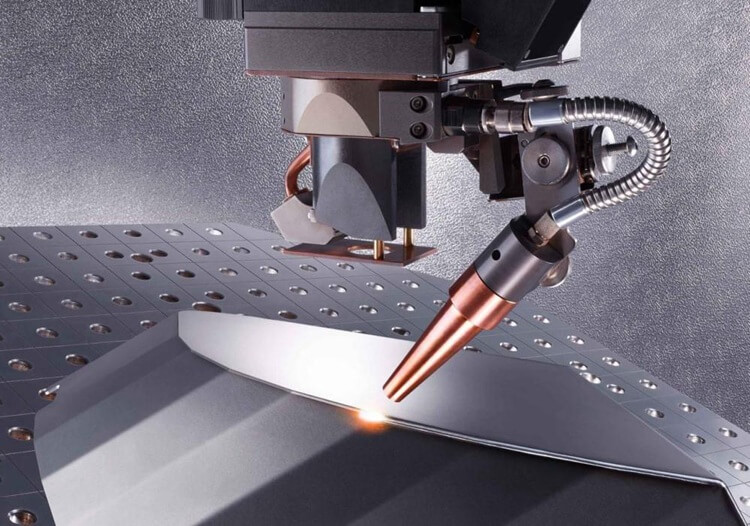Microscopic laser welding is an advanced technique that is fast revolutionizing the medical device manufacturing world. The process delivers highly accurate welds using focused laser beams on minimal parts, which is best for the sophistication and demanding medical device-making premises. In this blog post, we will discover the main benefits of and why it has become a preferred method for making advanced medical devices.
Microscopic laser welding uses a very small-diameter laser beam to weld small metal parts with extreme accuracy. It enables the joining of micro-parts, applied in the medical industry, where most devices are small and consist of several complex and minute parts. The laser’s energy is focused on one point; hence, it melts the metal at this point, forming a strong weld without damaging the material around it.
Key Advantages of Microscopic Laser Welding
High Precision, High Accuracy
A simple advantage of microscopic laser welding would be its accuracy. It allows precise control over the welding, which is critical in medical device manufacturing. Devices like pacemakers, stents, and surgical instruments often have welds on tiny parts where even the slightest error may impact performance. Due to microscopic laser welding, every weld is precise, rendering entire reliability to the general functionality of the medical device.
Low Thermal Impact
The microscopic laser welding process causes minimal thermal impact on the surrounding material. Since the beam is focused, only the point that is being welded will be heated by the laser beam. This reduces the risks of destroying other components that might be nearby or the attributes of the base material. It helps Micro Weld in the production of medical devices, where small parts may irreparably get compromised. Subsequently, reduced thermal impact does not threaten the operations and quality of the device.
Clean and Precise Welding
Laser welding is a clean and accurate process with minimal spatter and residue. This is extremely important in medicine, where cleanliness and precision are paramount. For example, clean welds produced via microscopic laser welding reduce additional post-weld cleanup and inspection, smoothing the manufacturing process to ensure a quality item reaches the end.
Ability to Weld Small and Complex Components
Most medical devices contain very small components that need to be welded. In this regard, microscopic laser welding has an edge in joining tiny parts with high accuracy. This is particularly important during the manufacture of advanced medical devices involving, among others, microsized sensors and connectors. Microscopic laser welding enables the precise welding of small components and helps develop advanced medical technologies.
Improved Quality and Reliability
Due to the accuracy and control involved in the technique, the quality and reliability of medical welding manufactured through microscopic laser welding are very high. The accuracy and control associated with the method result in stronger, more consistent welds. Consequently, the performance and safety of medical devices depend significantly on this factor. Thus, the weld failure or malfunction will hardly occur in the devices made with microscopic laser welding; hence, such a device is more reliable and safer for the patient.
Lower Production costs
Although hugely upfront, investment in laser welding equipment eventually helps reduce costs through its microscopic efficiency and accuracy. Reduced post-weld cleaning, fewer defects, and reduced material scrap minimize production costs. Besides, faultless production of good welds further reduces expensive reworks or repairs.
It has the advantage of providing microscopic laser welding, offering high precision in the manufacturing of medical devices with minimal thermal impact, and the possibility of welding small and complex parts. This advanced technique in welding descriptors substantiates the creation of reliable and high-quality medical devices, thereby promoting medical technology. In manufacturing complex surgical instruments or advanced implantable devices, microscopic laser welding is crucial for improved performance and safety in medical devices. These techniques of , if incorporated into the manufacturing process, would be powerful means toward innovation and quality in medical devices for the benefit of patients and healthcare professionals.


